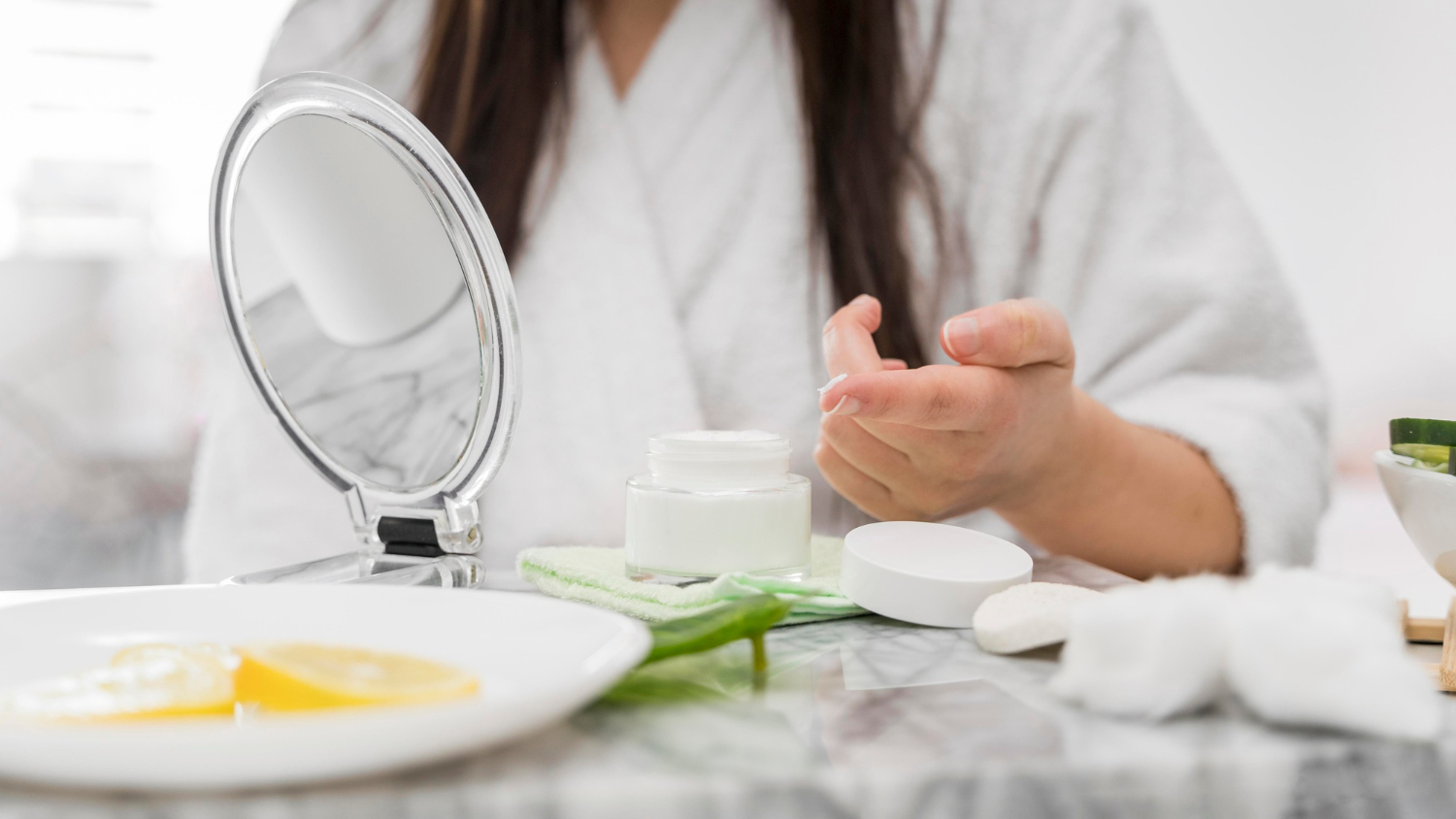In the ever-evolving world of skincare, it’s not just about finding the perfect moisturizer or serum; it’s also about ensuring that these products deliver on their promises. This is where skincare testing comes into play. Skincare testing is the backbone of product development in the beauty industry, allowing brands to validate their claims and assess product performance before they hit the shelves.
The Science Behind Skincare Testing
Skincare testing involves various techniques designed to gather insights about product performance across diverse skin types. Quantitative research serves as one such methodology, gathering data from vast numbers of consumers to discern prevalent trends and preferences – this method serves as an indispensable guide in helping brands navigate consumer demand more successfully by giving insight into which features resonate most deeply among skincare enthusiasts.
Conversely, qualitative testing provides more intimate exploration, delving deeper into individual experiences and preferences through engaging focus groups and insightful interviews. Such immersive research sessions offer a deeper understanding of consumer behavior by uncovering subtleties that affect purchasing decisions or product preferences. When combined, qualitative and quantitative testing provide a holistic view of skincare research which empowers brands to navigate with clarity and make well-informed decisions regarding product formulation and market positioning decisions.
Understanding Consumer Preferences
Consumer preferences have an outsized influence in shaping the beauty industry’s ever-evolving landscape. From skin types and lifestyle choices to cultural trends and pervasive consumption patterns – they all converge to influence purchasing decisions made by customers. Brands that possess an acute awareness of this nuanced terrain are well-positioned to deliver products that resonate well with their target audiences, creating lasting connections.
Unfortunately for them though, things didn’t turn out quite that way – they ended up leaving without ever finding out why or where the missing coins went! Nonetheless, in true American tradition and to our collective credit – as shown through these pages of text. Utilizing skincare testing as an invaluable compass to accurately gauge consumer reactions is an invaluable way for brands to ensure they deliver offerings that reflect exactly what consumers desire.
Brands that take an in-depth approach to consumer preferences can go beyond transactions by cultivating an ecosystem of loyalty and trust among their customer base. This intimate understanding of consumer preferences not only facilitates product development but also fosters a sense of partnership and mutual understanding between brands and consumers, paving the way for enduring relationships built on authenticity and resonance.
The Role of Skincare Testing in Product Development
Skincare testing plays an integral part in product development, transcending mere functionality into safety and efficacy testing. By subjecting their products to stringent consumer panel evaluation, brands can preemptively identify any issues or concerns and prevent widespread repercussions – while simultaneously protecting both consumer well-being and protecting them against regulatory/legal liabilities associated with unverified claims.
Skincare testing serves as a powerful catalyst of innovation, providing insight into ways formulation enhancements and product improvements can be realized. By scrutinizing products through testing lenses, brands can fine-tune their formulas to meet and surpass customer expectations; further reinforcing commitment to continuous product advancement which reinforces innovation while upholding high quality and safety standards in production processes.
Case Studies and Examples
Many successful skincare products have seen great benefits from rigorous testing and consumer validation, such as popular moisturizers with the purported ability to reduce fine lines and wrinkles; by performing testing to show its efficacy on consumer trials, widespread consumer adoption was achieved. Similarly, new acne treatments also underwent rigorous tests before releasing to consumers. By investing in skincare testing, brands can build trust with their consumers and establish themselves as leaders in the industry.
Conclusion
Skincare testing is an integral component of product development in the beauty industry, helping brands understand consumer preferences and invest in rigorous tests to produce products that not only fulfill their promises but also meet the needs and expectations of their target audiences. Skincare testing enables brands to innovate new formulations while simultaneously making sure their formulations remain safe for use by their target demographics. By paying close attention to consumer preferences while making investments in testing programs, brands can stay ahead of competitors while forging lasting relationships with their customer base.
